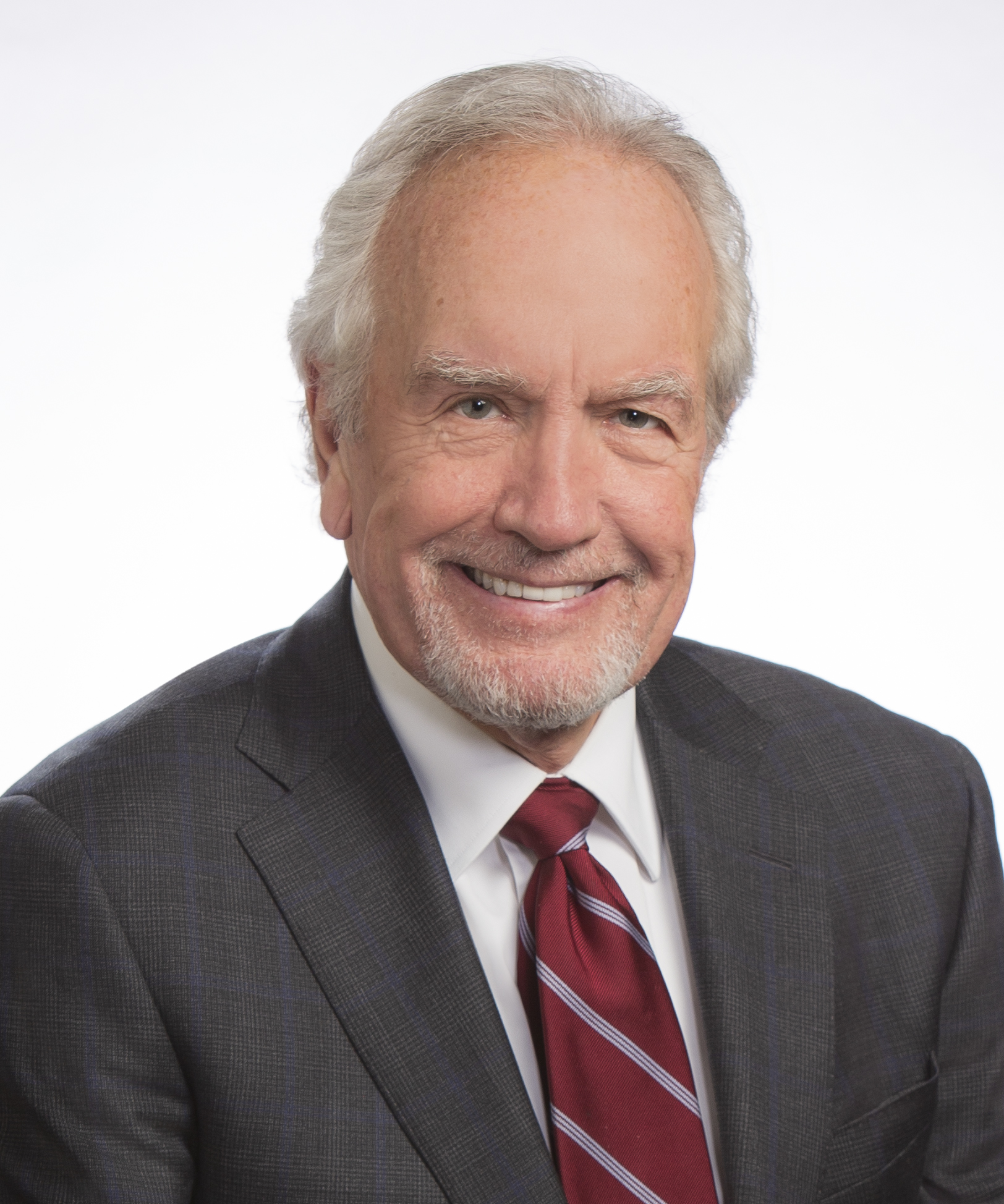KHVPF Insight

Updates on the Michigan Earned Sick Time Act
The Michigan Earned Sick Time Act (“ESTA”) took effect on February 21, 2025 for all employers except those with 10 or fewer employees. Recently, the Department of Labor and Economic Opportunity (“LEO”)—the state agency responsible for interpretation and enforcement of ESTA—has issued Frequently Asked Questions indicating its view of the ESTA’s requirements, sparking questions and controversy.
First, the FAQs clarify that ESTA applies to work performed physically in Michigan, regardless of the employer’s location. But they also say that ESTA does not apply to work performed by employees out of state. This means that Michigan employees on out-of-state assignments do not accrue ESTA time, and are not entitled to use otherwise-accrued ESTA time while on out-of-state assignments.
The FAQs also clarify that employers may use different ESTA accrual methods for different employee classifications. This means an employer might use an “accrual” method for part-time or hourly employees (where ESTA hours accrue over time), but frontload all ESTA time at the start of the year for full-time or salaried employees. They state, however, that the 120-day waiting period for ESTA time applies only under the accrual method; frontloaded ESTA time may be used immediately. Taken together—and as long as the employer’s policies clearly explain the rules—employers could use an accrual method for an employee’s first year (to obtain the 120-day waiting period) and then switch to frontloading the second year, to avoid having to carry over accrued ESTA time from year-to-year. Employers using the frontloading method may also recoup pay at termination if a frontloaded employee uses more ESTA time than she otherwise would have accrued, provided that the deductions comply with Michigan wage laws.
The FAQs also contain a controversial interpretation of ESTA’s interaction with the FMLA. They state that while ESTA may run concurrently with FMLA-qualified leave, “if ESTA leave is being used, requirements on advance notice, unforeseeable leave, documentation requirements, will be applied under the ESTA provisions.” Only after “ESTA leave is exhausted or not being used for a FMLA or other covered leave” with FMLA leave provisions apply. This interpretation means that employers may not obtain an FMLA health care provider certification while ESTA is being used, conflicting with the employer’s right to request such certification under the FMLA. This provision will likely result in litigation, so employers should consult counsel when faced with this issue.
Also controversial is LEO’s interpretation of ESTA’s interaction with collective bargaining agreements. ESTA itself says that it would not apply to existing CBAs until the “stated expiration date in the collective bargaining agreement,” regardless of whether the agreement continues in force after that expiration date. MCL 408.972. LEO interprets this law as requiring the CBA’s provisions to apply, even if less generous than required by ESTA. But if a CBA is silent on sick leave altogether, LEO’s position is that ESTA applies and benefits start accruing on February 21, 2025.
This interpretation has already been challenged by the Michigan Chapter of the National Electrical Contractors Association, which argues that silence in a contract on sick leave itself conflicts with ESTA, and that a CBA’s lack of sick time benefits means that no benefits accrue. It claims that by overriding that silence, ESTA is unconstitutional or preempted by federal law. The Court of Claims has rejected this argument, but an appeal is expected that may reach the Michigan Supreme Court. In the meantime, employers with a CBA that is silent on sick time should consult with counsel if they have not already provided ESTA benefits to employees covered by the CBA. We will continue to monitor developments.





